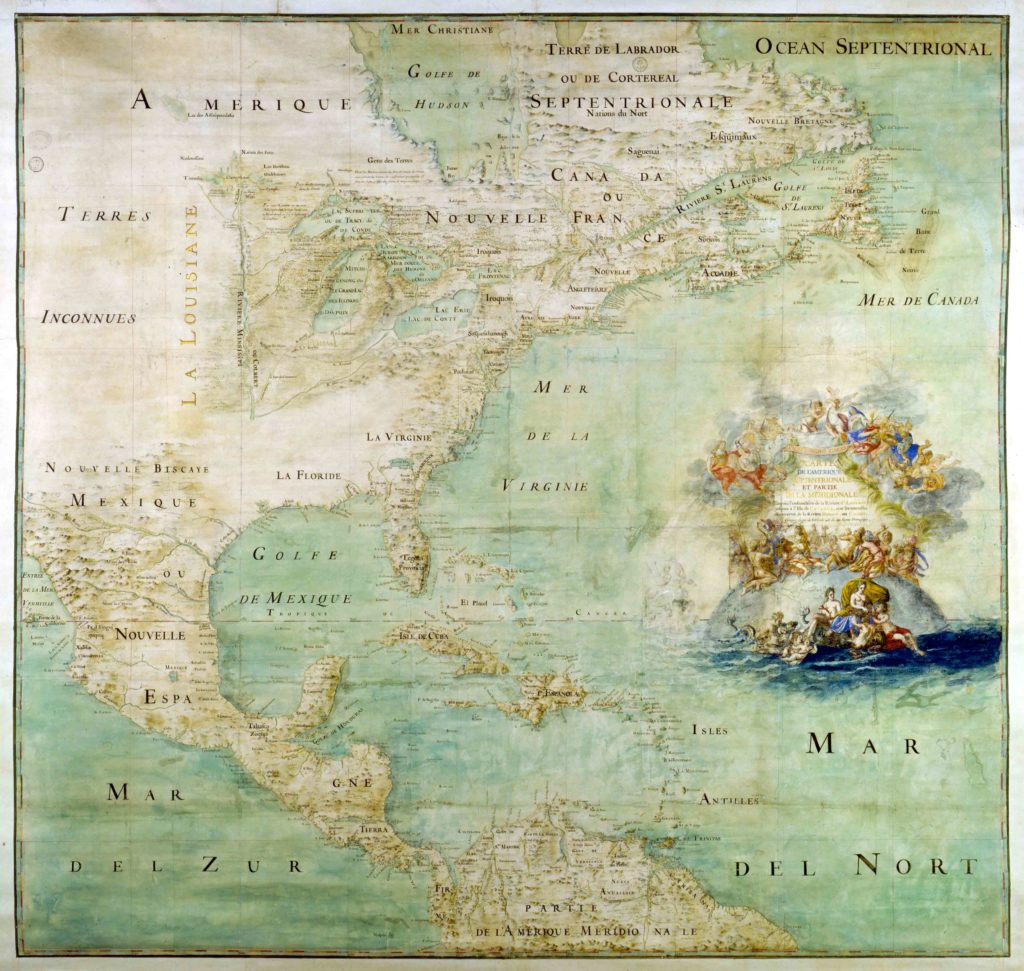Market Overview
This month’s models are now available. There are NO CHANGES in any of the models.
Happily ever Nafta?
President Trump might have secured another policy win that has the potential to positively affect broad swaths of the American public.
Tax reform’s impact was experienced more by businesses than by individuals, as evidenced by Republican congressional candidates deemphasizing it as a campaign theme. And although the administration has prevailed in the battle to seat its Supreme Court nominee, it’s unclear what price it might have to pay at the polls. Replacing the 24-year-old North American Free Trade Agreement with the newly drafted United States-Mexico-Canada Agreement (USMCA), though, could actually put money in the pockets of some Wrangler jeans.
Winners and losers
Maybe the best place to start a discussion about USMCA is with a quick look at NAFTA, and why so many American business leaders were so underwhelmed by it. Just a year and a half before NAFTA went into effect, Ross Perot ran for the White House to silence “a giant sucking sound going south” of U.S. dollars heading to Mexico, where pay scales were fractions of what they were in the U.S., non-cash benefits were practically non-existent and environmental regulations barely existed.
Candidate Trump’s criticism of NAFTA in 2016 was just as full-throated. In a debate against Democratic candidate Hillary Clinton, he called NAFTA “the worst trade deal maybe ever signed anywhere”. Before moderator Lester Holt allowed it to devolve into a shouting match, Trump made the point that Mexico, like many other countries but unlike the U.S., had a value-added tax which adds an automatic duty to any finished goods imported from the U.S. or pretty much anywhere else. The result, Trump said, was a rash of mothballed factories across America’s industrial heartland. This wasn’t a partisan position – Bernie Sanders said much the same thing during the primaries, a stance he has consistently held from the 1990s to today.
Although the new pact doesn’t appear to address the VAT issue Trump raised two years ago, USMCA is unabashedly good news for U.S. communities that include an auto plant. Under the treaty, 30% of new vehicle content must be done by workers making at least $16/hour. Considering the average Mexican factory worker makes more like $6, it would reduce the incentive to build more capacity south of the Rio Grande.

A colorful collage of the Canadian dollar, or “loonie” as it’s known in the forex trade. Source: Bank of Canada
Stateside dairy farmers also have reason to cheer. Currently, it’s very difficult for Wisconsin cheesemakers to sell their curds anywhere along the far shore of Lake Superior. Under NAFTA, Canada was essentially closed to American dairy products. Going forward, though, Canadians will be able to spend their objectively gorgeous money on American cheese.
But before you start spending your milk money, bear in mind that American cows won’t exactly be grazing Canadian cows’ lunch. USMCA allows barely half a billion dollars’ worth of U.S. dairy exports into Canada, which amounts to less than 4% of the potential market.
The other most noteworthy USMCA provision is another favor to automakers within the three-nation zone. Under NAFTA, 62.5% of vehicle components had to made in North America in order to qualify for tariff-free exchange. Under the new rules, that percentage goes up to 75%.
Anything else?
A lot of the USMCA updates, though, are cosmetic. Mechanisms are put in place to crack down on brand piracy – which is absolutely good news – and it’ll be harder to sell generic versions of U.S.-patented drugs in Canada. Canada might also import slightly more chicken and wine produced in the States.
Otherwise, though, it’s more of the same. Tariffs and dispute resolution procedures are virtually unchanged. It’s unclear if these minor alterations could have been negotiated in a more conciliatory manner than the hard-nosed brinksmanship brought by the current U.S. administration.
We should also note that Congress needs to approve this whole deal before it goes into effect. Think about how hard it is to get 538 U.S. legislators to agree on anything, then also consider whether it’s any easier in Ottawa or Mexico City.
The good news is, a U.S.-versus-the-world trade war may have been averted. We will have at least two allies – our second- and third-largest trading partners. But it runs the risk of alienating our first-largest trading partner, China, which might consider the new vehicle component rule as a poke in the eye.
Ultimately, an admittedly flawed trade deal may be modestly updated, when finally approved by each government’s applicable body. Meanwhile, we negotiate with economic powerhouses in Europe and Asia, some of which are much less friendly to us than our nearest neighbors.
Is a trade war inevitable? Is it desirable? Do we only see victory if the other parties fold like umbrellas?
If the answer to any of those queries is “yes,” then now’s the time to start something. Our economy is far stronger than that of any country which would take a meeting with our trade rep, so we absolutely have the upper hand. But if tariffs are always bad news long-term – that is, if the overwhelming consensus of economists is correct – then the only time to bully our potential customers is half past never, on the 32nd of next Octembruary.





